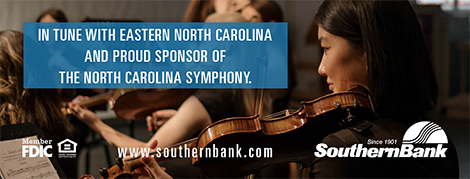Selection from Four Novelletten, Op. 52
Samuel Coleridge-Taylor (1875-1912)
THE STORY
Samuel Coleridge-Taylor, born in London in 1875, was the son of a white Englishwoman and a Black medical student from Sierra Leone. Unmarried and unaware of the pregnancy, his father returned to Africa to pursue his medical career and Samuel was raised by his single mother in his grandfather’s home.
His grandfather was a violinist and taught Samuel to play; he picked up the instrument quickly, earning a scholarship to attend the Royal College of Music when he was just 15. He soon switched his major to composition and studied alongside students including Gustav Holst and Ralph Vaughan-Williams. (Both, in fact, played in the school orchestra for a concert of Coleridge-Taylor’s works.) By the time he finished his degree, he already had a publisher and a number of compositions in print.
His most famous composition, bringing him international recognition, was a trilogy of pieces written at the end of the 19th century and based on the Henry Wadsworth Longfellow poem Hiawatha. (Coleridge-Taylor would eventually name his son Hiawatha.) He composed his Four Novelletten shortly afterward, in 1902. The set of short movements is written for strings seasoned with light percussion—tambourine and triangle—and was dedicated to the violinist Ethel Barns, another alum of the Royal College of Music. The title was taken from Schumann’s Novelletten, a set of miniatures for piano. Coleridge-Taylor’s Four Novelletten are romantic, lush, and colorful; the set was a personal favorite of the composer, who programmed it often on concerts he conducted.
As Coleridge-Taylor’s career progressed, he became increasingly interested in exploring his African heritage. He felt especially drawn to the U.S. and the music written here by African Americans. He would tour the U.S. three times and was received by President Teddy Roosevelt on his first trip to America, in 1904. Coleridge-Taylor died tragically young, of pneumonia, at age 37.
LISTEN FOR
• The dance-like style of the Allegro moderato, evoking a European ballroom—and the occasional surprise of a chromatic note or borrowed chord, breaking up the pleasant tonality
INSTRUMENTATION
Pecrcussion, strings

